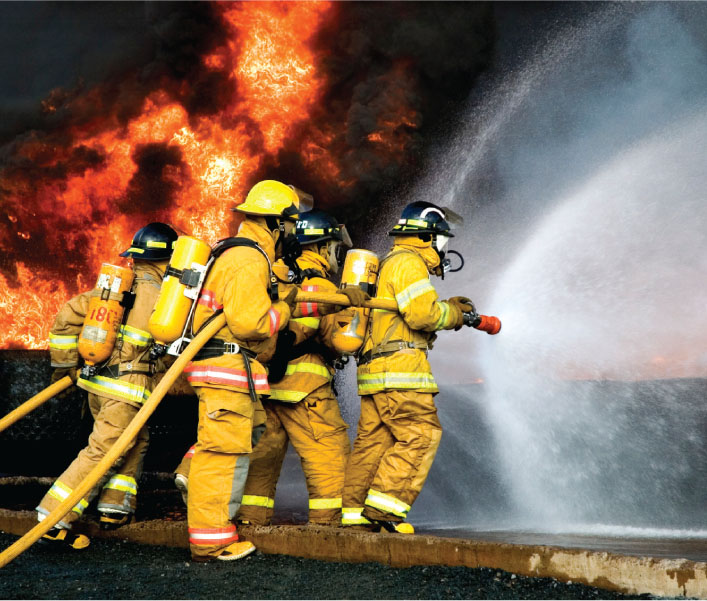As risk managers implement property-protection plans in preparation for an above-average hurricane season—that follows hard on one of the most active tornado seasons in U.S. history—it is no surprise that the seemingly more mundane threat of fire has been put on the back burner.
 Yet while risk managers' focus has rested, rightfully so, on the immediate threats presented by an overactive weather pattern, fire remains one of the most-costly commercial-property loss drivers.
Yet while risk managers' focus has rested, rightfully so, on the immediate threats presented by an overactive weather pattern, fire remains one of the most-costly commercial-property loss drivers.
Although the incidence of fire has shown a steady decrease over the last 30 years, the average cost-of-fire loss has increased, according to the National Fire Protection Association (NFPA). Agents, brokers and insurers can help risk managers keep fire safety a top priority throughout the year by identifying those areas most vulnerable to fire loss and helping risk managers maintain an active fire-prevention strategy.
Recommended For You
Want to continue reading?
Become a Free PropertyCasualty360 Digital Reader
Your access to unlimited PropertyCasualty360 content isn’t changing.
Once you are an ALM digital member, you’ll receive:
- Breaking insurance news and analysis, on-site and via our newsletters and custom alerts
- Weekly Insurance Speak podcast featuring exclusive interviews with industry leaders
- Educational webcasts, white papers, and ebooks from industry thought leaders
- Critical converage of the employee benefits and financial advisory markets on our other ALM sites, BenefitsPRO and ThinkAdvisor
Already have an account? Sign In Now
© 2025 ALM Global, LLC, All Rights Reserved. Request academic re-use from www.copyright.com. All other uses, submit a request to [email protected]. For more information visit Asset & Logo Licensing.








